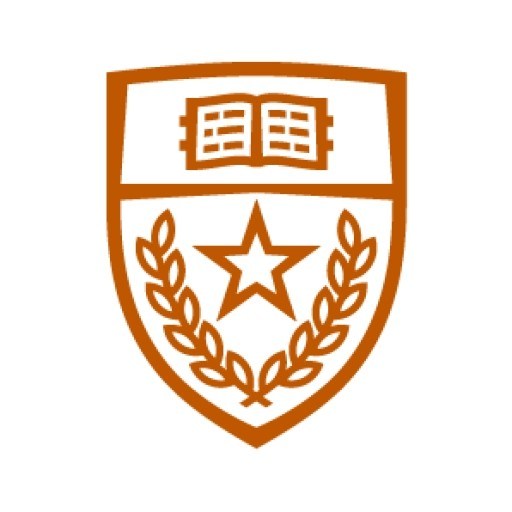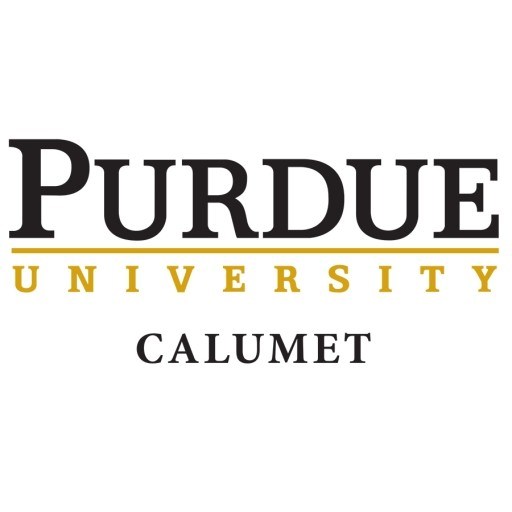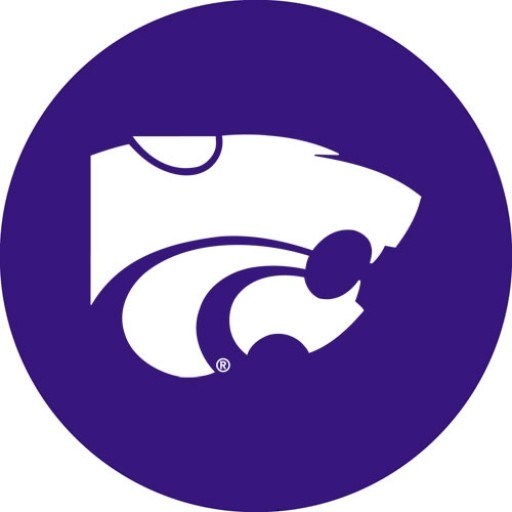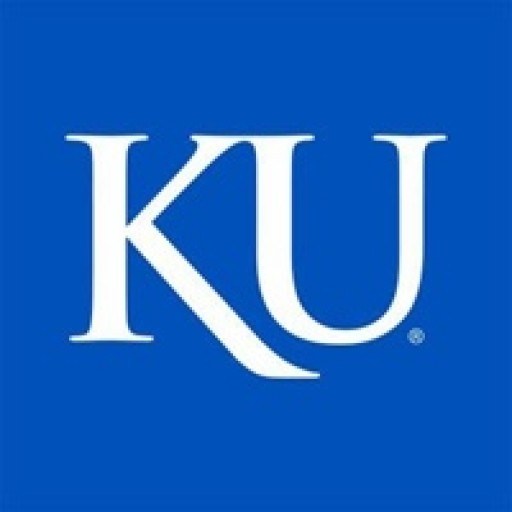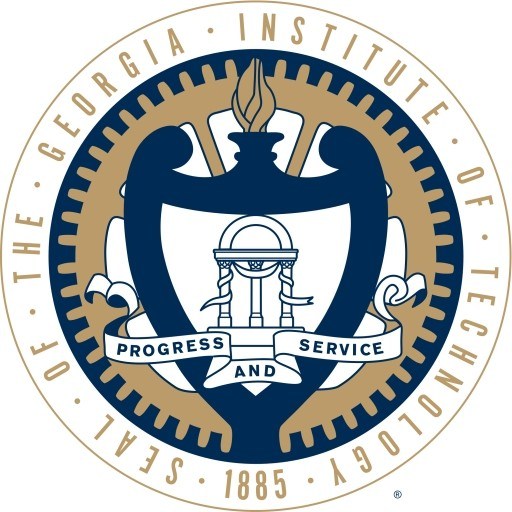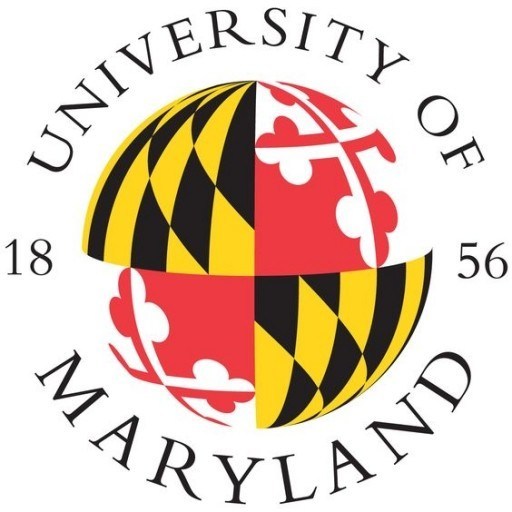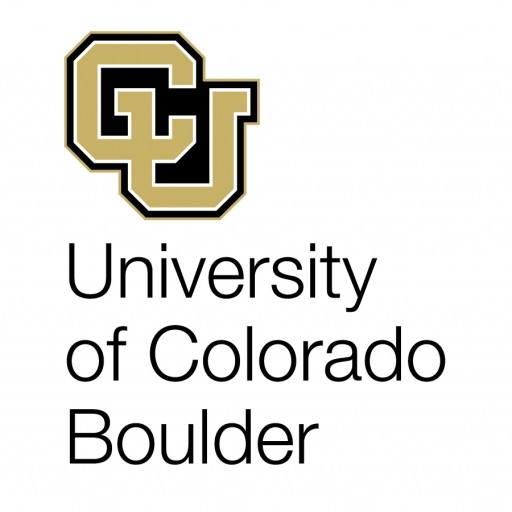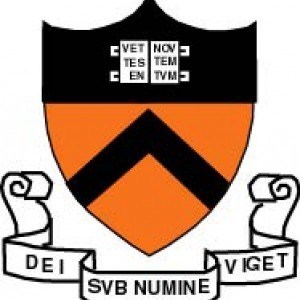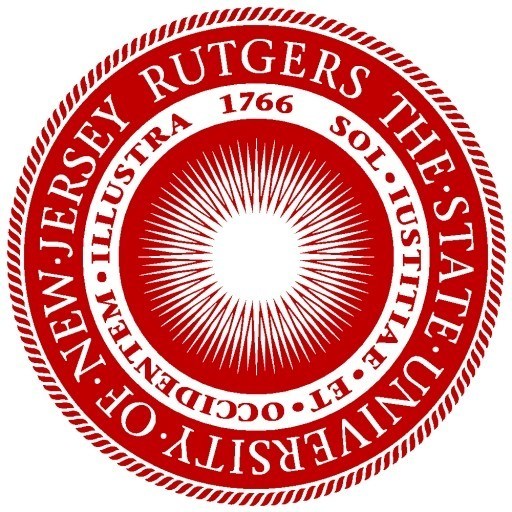Photos of university / #utaustintx
The field of aerospace engineering developed because of humanity’s desire for aircraft systems for military, commercial, and civilian purposes; it was first called aeronautical engineering or aeronautics. When the space age began, it was natural for aeronautical engineers to participate in the development of spacecraft systems for space exploration. This branch of engineering became known as astronautical engineering or astronautics, and the combined field is called aerospace engineering or aeronautics and astronautics. Because of the diverse nature of the work, the aerospace engineer must have a basic knowledge of physics, mathematics, digital computation, and the various disciplines of aerospace engineering: aerodynamics and propulsion, structural mechanics, flight mechanics and orbital mechanics, and control. Because of their extensive education in fundamental disciplines, aerospace engineers can work in areas other than aerospace engineering and are employed in a wide range of careers.
The objectives of the aerospace engineering degree program are to prepare students for professional practice in aerospace engineering and related engineering and scientific fields; to prepare students for such postbaccalaureate study as their aptitudes and professional goals may dictate; to instill in students a commitment to lifelong education and to ethical behavior throughout their professional careers; and to make students aware of the global and societal effects of technology. To meet these objectives, the faculty has designed a rigorous curriculum that emphasizes fundamentals in the basic sciences, mathematics, and the humanities, and integrates classroom and laboratory experiences in the engineering disciplines of aerodynamics and propulsion, structural mechanics, mechanics of materials, flight and orbital mechanics, controls, computation, electromechanical systems, design, and technical communication. The curriculum requires students to use modern engineering tools, to work individually, and to practice teamwork.
The first two years of the aerospace engineering curriculum emphasize fundamental material along with engineering sciences, while the third year introduces concepts in the areas of fluid mechanics, structural mechanics, system dynamics and control, and experimentation. The fourth year provides further depth in aerospace engineering, with emphasis on design and laboratory courses. During the junior year, the student elects to pursue one of two technical areas, atmospheric flight or space flight. Both area options are complemented by general education courses and courses offered in other engineering disciplines. In addition, the student may choose technical electives that increase the breadth of the program or that provide additional depth within one or more subdisciplines within the department. All of the following subdisciplines are also represented in the required courses for both technical area options.
| Requirements | Hours | |
|---|---|---|
| Aerospace Engineering Courses | ||
| ASE 120K | Low-Speed Aerodynamics Laboratory | 1 |
| ASE 211K | Engineering Computation | 2 |
| ASE 301 | Introduction to Computer Programming | 3 |
| ASE 320 | Low-Speed Aerodynamics | 3 |
| ASE 324L | Aerospace Materials Laboratory | 3 |
| ASE 330M | Linear System Analysis | 3 |
| ASE 333T | Engineering Communication (writing flag and ethics and leadership flag) | 3 |
| ASE 362K | Compressible Flow | 3 |
| ASE 365 | Structural Dynamics | 3 |
| ASE 366K | Spacecraft Dynamics | 3 |
| ASE 367K | Flight Dynamics | 3 |
| ASE 370L | Flight Control Systems | 3 |
| ASE 375 | Electromechanical Systems | 3 |
| ASE 376K | Propulsion | 3 |
| Chemistry | ||
| CH 301 | Principles of Chemistry I (part II science and technology) | 3 |
| Engineering Mechanics | ||
| E M 306 | Statics | 3 |
| E M 311M | Dynamics | 3 |
| E M 319 | Mechanics of Solids | 3 |
| Mathematics | ||
| M 408C | Differential and Integral Calculus (mathematics; quantitative reasoning flag) | 4 |
| M 408D | Sequences, Series, and Multivariable Calculus | 4 |
| M 427J | Differential Equations with Linear Algebra (quantitative reasoning flag) | 4 |
| or M 427K | Advanced Calculus for Applications I | |
| M 427L | Advanced Calculus for Applications II | 4 |
| Physics | ||
| PHY 103M | Laboratory for Physics 303K | 1 |
| PHY 103N | Laboratory for Physics 303L | 1 |
| PHY 303K | Engineering Physics I (part I science and technology; quantitative reasoning flag) | 3 |
| PHY 303L | Engineering Physics II (part I science and technology; quantitative reasoning flag) | 3 |
| Rhetoric and Writing | ||
| RHE 306 | Rhetoric and Writing (English composition) | 3 |
| Other required courses | ||
| Technical area courses | 13 | |
| Approved technical electives | 6 | |
| M E 210 | Engineering Design Graphics | 2 |
| M E 320 | Applied Thermodynamics | 3 |
| Remaining Core Curriculum Courses | ||
| E 316L | British Literature (humanities; in E 316L, 316M, 316N, and 316P some sections carry a global cultures or cultural diversity flag) | 3 |
| or E 316M | American Literature | |
| or E 316N | World Literature | |
| or E 316P | Masterworks of Literature | |
| American and Texas government (some sections carry a cultural diversity flag) | 6 | |
| American history (some sections carry a cultural diversity flag) | 6 | |
| Social and behavioral sciences (some sections carry a cultural diversity flag) | 3 | |
| Visual and performing arts (some sections carry a cultural diversity flag) | 3 | |
| UGS 302 | First-Year Signature Course (in UGS 302 all sections carry writing flag; in UGS 303 some sections carry a writing flag) | 3 |
| or UGS 303 | First-Year Signature Course | |
| Total Hours | 126 | |
Technical Area Options
The technical area option allows the student to choose 13 semester hours of technical area courses in either atmospheric flight or space flight. Each student should choose a technical area by the end of the first semester of the junior year and plan an academic program to meet the area requirements in the next three semesters. Many students choose technical electives that will strengthen their backgrounds in one specialty area, but this is not required. It should be noted that a student may choose the technical area courses in the other technical area as technical electives.
Area 1, Atmospheric Flight
Also called aeronautics, this area provides the student with a well-rounded program of study emphasizing the major disciplines of aerodynamics, propulsion, structures, design, performance, and control of aircraft. These subjects are treated at a fundamental level that lays a foundation for work in a broad variety of specialties in the aircraft industry. This option is intended for the undergraduate student whose primary interest is aircraft.
Aerospace Engineering 321K, Computational Methods for Structural Analysis
Aerospace Engineering 361K, Aircraft Design I (carries an independent inquiry flag)
Aerospace Engineering 361L, Aircraft Design II (carries a writing flag)
Aerospace Engineering 162M, High-Speed Aerodynamics Laboratory
Aerospace Engineering 364, Applied Aerodynamics
Area 2, Space Flight
Also called astronautics, this area offers a well-rounded program of study that provides a background in the traditional areas of fluid mechanics, materials, structures, propulsion, controls, and flight mechanics, while also giving the student a chance to learn about the space environment, attitude determination and control, orbital mechanics, mission design, and spacecraft systems engineering. These subjects are treated at a fundamental level that lays a foundation for work in a broad variety of specialties in space-related industries. This option is intended for the undergraduate student whose primary interest is space and spacecraft.
Aerospace Engineering 366L, Applied Orbital Mechanics
Aerospace Engineering 166M, Spacecraft Systems Laboratory
Aerospace Engineering 372K, Attitude Dynamics
Aerospace Engineering 374K, Space Systems Engineering Design
Aerospace Engineering 374L, Spacecraft/Mission Design (carries an independent inquiry flag and a writing flag)
Special Projects Laboratories
The department offers students the opportunity to participate in special projects such as student-built radio-controlled aircraft competitions and student satellite-building projects. These time-intensive projects are open to all aerospace engineering students with at least 15 semester hours of University credit toward the degree and a grade point average of at least 2.50. Academic credit for participation in departmentally approved student projects is available on the pass/fail basis through the course Aerospace Engineering 128. Three such laboratory courses can be combined to count as one three-hour technical elective; one such laboratory course can be combined with a two-hour cooperative program to count as one three-hour technical elective.
Requirements
- If you are not a U.S. citizen or permanent resident and will not graduate from a Texas high school, select the ApplyTexas option to apply for freshman admission as an international applicant.
- Pay the $75 application fee—$90 for international applicants—when you submit your ApplyTexas application.
- Along with your ApplyTexas application, submit at least two essays.
- If you are an international applicant, you must submit documentation showing that you have completed an accredited secondary school series equivalent to that of a U.S. high school.
- Submit an official record or transcript (mark sheet) that shows all your secondary school work and grades (or marks) starting with ninth grade and continuing through at least the end of 11th grade. You should also include copies of your official final examinations taken at the end of the secondary school program, including external exams such as the General Certificate of Education (GCE) “O” and “A” level examinations, school leaving certificates and matriculation exams.
- If the documents you are submitting are written in a language other than English, you must also submit complete and official English translations together with the original-language records.
- Send us official transcript(s) documenting any college credit earned while in high school (dual credit counts!).
- TOEFL: 550 (paper test), 213 (computer-based test) or 79 (internet-based test)
- IELTS: An overall band of 6.5 on the Academic Examination
- Résumé
- Ask someone who knows you well to write a letter about your character and accomplishments. Letters of recommendation are appreciated but not required.
Scholarships
- Endowed Scholarships
- Presidential Scholars Program
- Texas Exes Scholarships
